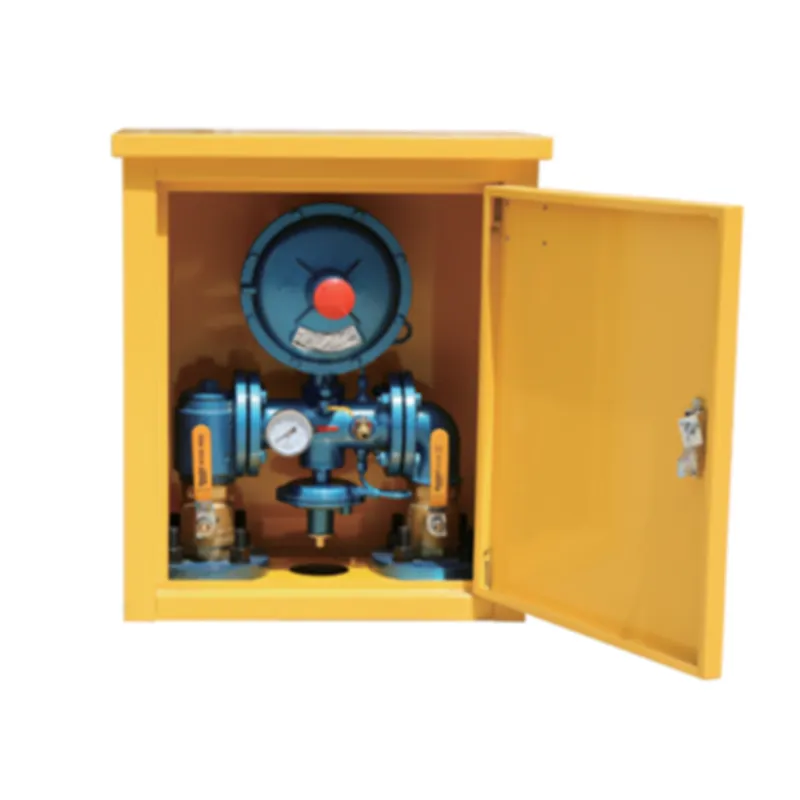
Oct . 11, 2024 07:02
Back to list
pressure pipe
The Importance of Pressure Pipes in Modern Infrastructure
Pressure pipes, essential components of numerous industrial and municipal applications, play a pivotal role in the safe and efficient transportation of liquids and gases. Designed to withstand internal pressures significantly higher than atmospheric levels, these pipes are crucial for various sectors, including water supply, sewage systems, oil and gas transportation, and chemical processing.
Understanding Pressure Pipes
Pressure pipes are typically made from a variety of materials, including PVC (polyvinyl chloride), HDPE (high-density polyethylene), ductile iron, and reinforced concrete. The choice of material is influenced by factors such as the type of fluid being transported, the operating pressure, temperature conditions, and environmental factors. Each material comes with distinct advantages and disadvantages. For instance, PVC pipes are lightweight and resistant to corrosion, making them ideal for water supply applications, while ductile iron pipes are preferred for their strength and durability in high-pressure scenarios.
Pressure pipes are classified based on their pressure rating, which indicates the maximum pressure the pipe can safely handle. This classification is critical for engineers and designers, as using a pipe with an inadequate pressure rating can lead to catastrophic failures, including leaks and bursts.
The Role of Pressure Pipes in Water Supply Systems
In municipal water supply systems, pressure pipes are essential for delivering potable water from treatment facilities to homes and businesses. These pipes must be carefully designed to maintain a steady flow and ensure that the water remains uncontaminated. One recent advancement in pressure pipe technology is the use of trenchless installation methods, which allow for the replacement of aging infrastructure without major disruptions to the surrounding environment.
Another significant development is the emphasis on smart water networks, which incorporate sensors and monitoring technologies into pressure pipes to detect leaks and monitor flow rates in real-time. Such innovations not only enhance the efficiency of water distribution but also help conserve precious resources in regions where water scarcity is becoming increasingly critical.
pressure pipe

Oil and Gas Transportation
In the oil and gas industry, pressure pipes are indispensable for transporting crude oil, natural gas, and refined products over vast distances. These pipes are designed to withstand extreme pressures and protect the transported materials from exposure to environmental elements. The construction of pipelines often involves complex engineering techniques, including the use of advanced materials and technologies to ensure safety and reliability.
Safety is paramount in the oil and gas sector, and substantial investments are made in monitoring systems to detect any anomalies, leaks, or pressure drops in the pipelines. Regular inspections and maintenance are also crucial to prevent disasters that could have severe environmental and economic impacts.
Challenges and Future Prospects
While pressure pipes are invaluable to modern infrastructure, they are not without challenges. Aging infrastructure in many cities leads to issues such as leaks and bursts, which not only waste resources but can also lead to significant economic losses. Additionally, the growing concern over environmental sustainability necessitates the development of more eco-friendly materials and installation methods.
Looking to the future, the integration of technology in pressure pipe systems is expected to advance further. Innovations such as robotics for maintenance inspections and the use of artificial intelligence for predictive analytics in pressure management are on the horizon. These advancements will likely enhance the safety, efficiency, and sustainability of pressure pipe systems.
Conclusion
In conclusion, pressure pipes are a fundamental component of modern infrastructure, supporting vital industries and services that sustain daily life. As technology advances and the demand for reliable, safe, and efficient infrastructure grows, the role of pressure pipes will continue to evolve. By addressing current challenges and embracing innovative solutions, we can ensure that these essential systems remain robust and effective for generations to come.
Next:
Latest news
-
Safety Valve Spring-Loaded Design Overpressure ProtectionNewsJul.25,2025
-
Precision Voltage Regulator AC5 Accuracy Grade PerformanceNewsJul.25,2025
-
Natural Gas Pressure Regulating Skid Industrial Pipeline ApplicationsNewsJul.25,2025
-
Natural Gas Filter Stainless Steel Mesh Element DesignNewsJul.25,2025
-
Gas Pressure Regulator Valve Direct-Acting Spring-Loaded DesignNewsJul.25,2025
-
Decompression Equipment Multi-Stage Heat Exchange System DesignNewsJul.25,2025

